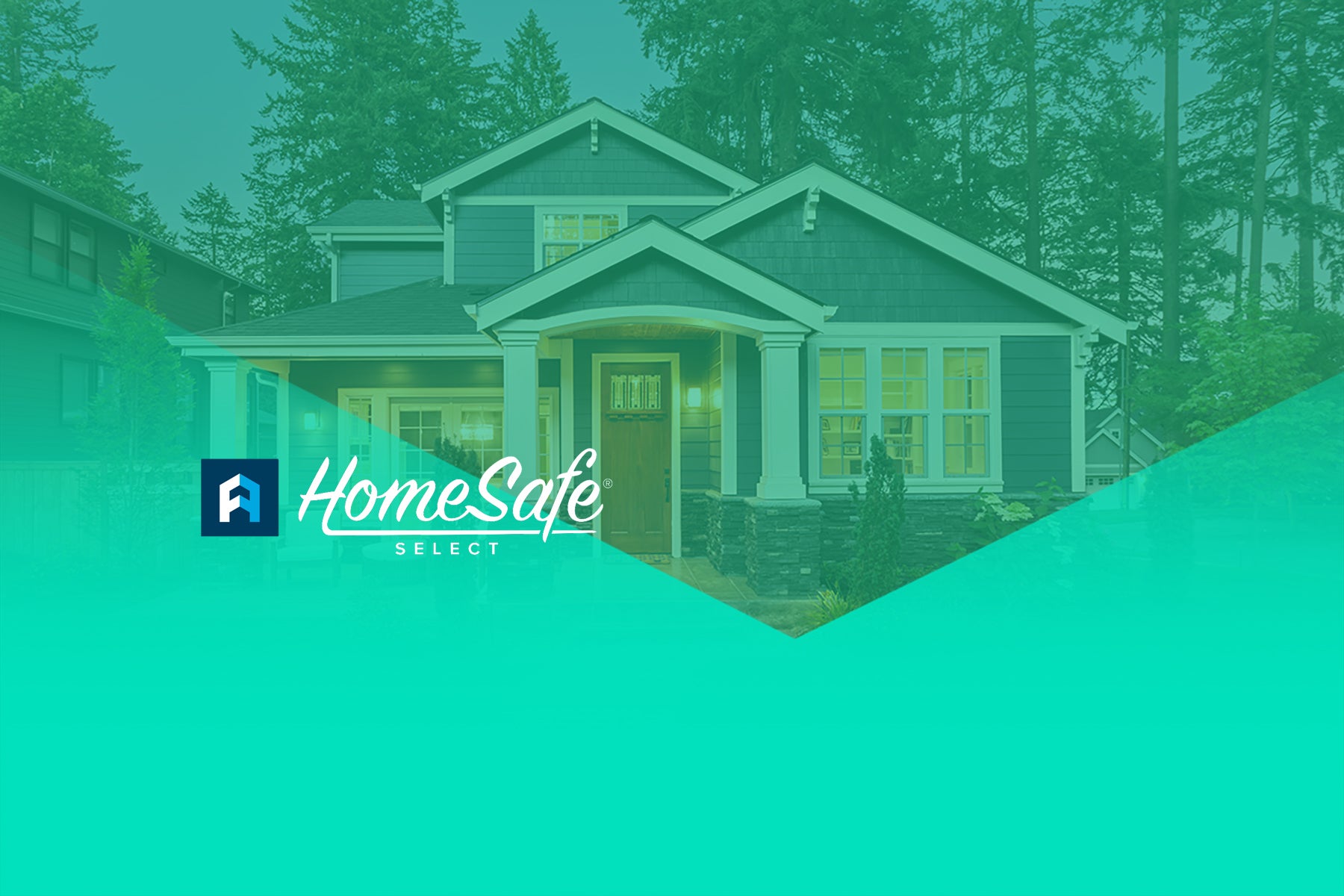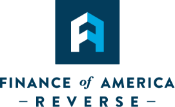A reverse mortgage can be a great way to help improve a retiree’s financial situation. By tapping into home equity while you still live in your home, you may be able to improve your lifestyle without moving. You may have heard about reverse mortgages, but what are the terms, benefits and costs?
Reverse Mortgage Terms
There are several types of reverse mortgages, and the terms vary. Today, we’ll address the FHA-insured HECM (Home Equity Conversion Mortgage) reverse mortgage which is available either as a fixed or adjustable rate.
This loan allows the borrower to access his or her home equity as a lump sum, ongoing payments, or as a line of credit as outlined below. The borrower does not have to make principal or interest payments* until the loan becomes due and payable, typically when the borrower passes away or moves from the home. Borrowers must be at least 62 and have sufficient equity in order to qualify.
Most borrowers want to know how much they can qualify to borrow. This depends on the homeowner’s home equity, the home’s appraised value, borrower’s age, spouse’s age, and current interest rates.
How do I Receive My Payments?
For adjustable interest rate mortgages, you can select one of the following payment plans:
- Tenure– equal monthly payments as long as at least one borrower lives and continues to occupy the property as a principal residence.
- Term– equal monthly payments for a fixed period of months selected.
- Line of Credit– unscheduled payments or in installments, at times and in an amount of your choosing until the line of credit is exhausted. FHA may limit draw amounts available early in the loan.
- Modified Tenure– combination of line of credit and scheduled monthly payments for as long as you remain in the home.
- Modified Term– combination of line of credit plus monthly payments for a fixed period of months selected by the borrower.
For fixed interest rate mortgages, you receive a Single Disbursement Lump Sum payment.
Reverse Mortgage Benefits
Reverse mortgages have long helped retirees in many ways. Some use the reverse mortgage proceeds as extra cash flow to help with everyday expenses. Others rely on the reverse mortgage as a rainy day fund to help with unexpected costs down the road.
Perhaps the biggest benefit is being able to remain in your home and access your home equity while you are still living there. Not having to move during retirement is also a major benefit for many borrowers.
Reverse Mortgage Costs
All borrowers assume costs associated with getting a reverse mortgage. Typically they include:
- Origination Fee
- FHA Mortgage Insurance Premium
- Appraisal Fee
- Title Fee
- Credit Report Fee
- Real Estate Settlement Closing Costs
- Reverse Mortgage Counseling
- Servicing Fee
- Interest – interest payments are added onto the principal of the loan, and no payments are due until the property on which the reverse mortgage has been placed is no longer principal residence, the borrower(s), pass away, or the terms of the loan are not fulfilled.
The borrower must also maintain a homeowners’ insurance policy, and must remain current on property taxes and home upkeep under the terms of the loan.
If you’re a homeowner age 62 and older considering a reverse mortgage and would like to learn more about reverse mortgages, please contact a Finance of America Reverse mortgage professional today!
*The homeowner must live in the property as the principal residence and continue to maintain property charges including property taxes, fees, hazard insurance and maintain the home. If the homeowner does not meet these loan obligations, then the loan will need to be repaid.
This article is intended for general informational and educational purposes only, and should not be construed as financial or tax advice. For more information about whether a reverse mortgage may be right for you, you should consult an independent financial advisor. For tax advice, please consult a tax professional.














I WANT TO KEEP UP TO DATE ON RETIREMENT TRENDS
Follow Us.